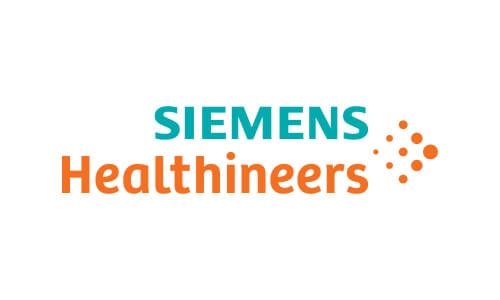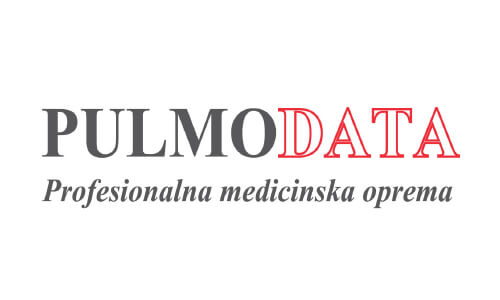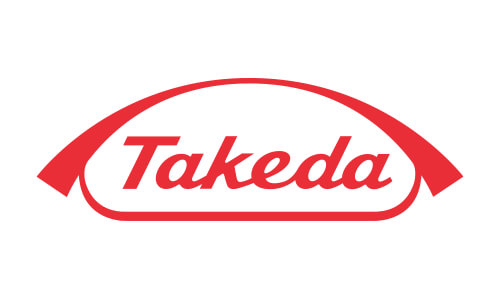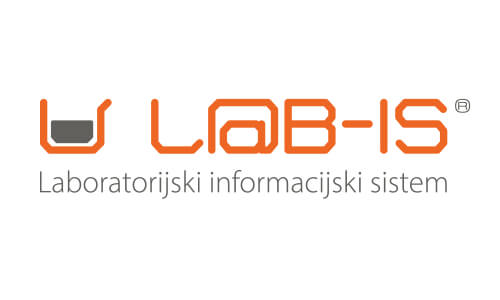Building laboratory resilience against cyberattacks
Cyberattacks targeting healthcare facilities, including medical laboratories, have surged in recent years, threatening patient safety, data integrity, and operational continuity. Laboratories are especially vulnerable due to their reliance on interconnected systems, rapid data exchange, and uninterrupted diagnostic workflows. This article describes the personal experience garnered during and after a cyberattack on a healthcare facility, which dramatically affected the operations of the local laboratory medicine services. Effective resilience requires both robust prevention measures and practical response strategies to sustain operations during and after an incident. Immediate actions include defining a recovery plan, reverting to paper-based ordering and reporting systems, manual sample labeling, and detailed logging of incoming specimens to enable continuity of diagnostic services while digital systems are being restored. Post-attack strategies for strengthening resilience encompass the recruitment of specialized cybersecurity expertise, staff training, operating system upgrades, enhanced authentication protocols, network segmentation through multiple firewalls and antivirus solutions, secure cloud migration, and implementation of automated anomaly detection systems. Secure device policies, strict access controls, and the elimination of insecure shared folders are also advisable. Although all these interventions improve security, they can also introduce challenges, including increased workload from frequent training and authentication, slower operations, downtime from connectivity issues, and delays in instrument programming, release of test results, and technical support. Building resilience in laboratories thus requires a balanced integration of technological fortification, staff preparedness, and adaptive workflow redesign. This ensures that cybersecurity measures uphold, rather than impede, the uninterrupted delivery of accurate and timely diagnostic results.
Celoten prispevek









